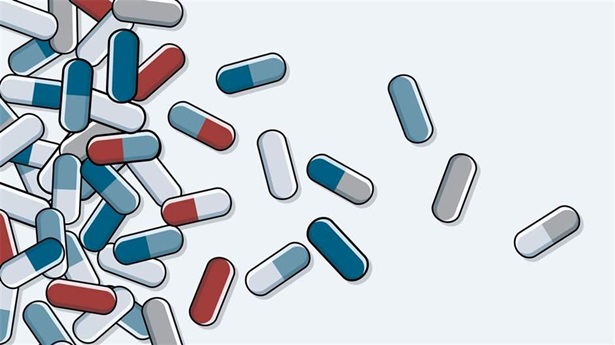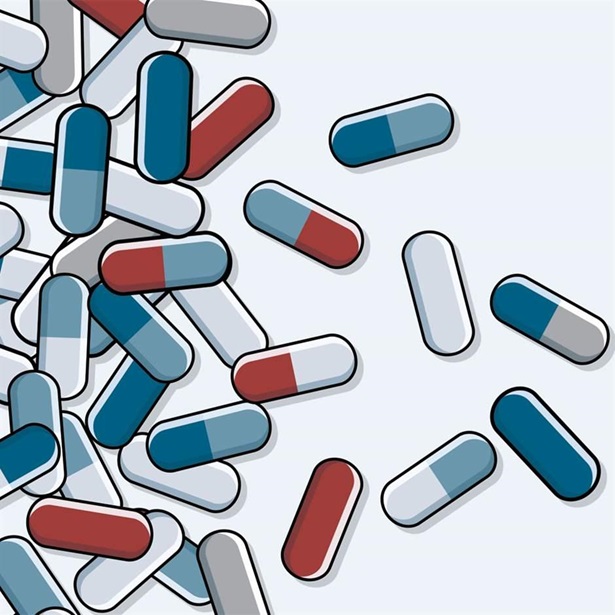“The Value of Antibiotics Cannot Be Overestimated”
A pediatrician reflects on efforts to preserve these lifesaving drugs for the next generation and the urgent need for new antibiotics
Jason Newland, MD, MEd, is a professor of pediatrics at Washington University School of Medicine in St. Louis and serves as a pediatric infectious disease physician at St. Louis Children’s Hospital. Over the course of his career, Newland has seen firsthand the invaluable role antibiotics play in caring for patients, and also the devastating consequences when these medications don’t work—a problem that has only worsened as bacteria continue to evolve and become resistant to available antibiotics.
This interview has been edited for clarity and length.
How did you become interested in pediatrics?
I love children. Always have. Whether a 2-month-old or a 16- or 17-year-old, kids are just the best—there’s nothing like getting to see a young person develop and change. And, caring for a child’s health is something that is not only important in the moment, it has a long-lasting, ripple effect. What happens to a child impacts their life as an adult so much more than we realize.
And what sparked your passion for antibiotic stewardship?
I became interested in antibiotic stewardship as a result of my awe for these medicines that have revolutionized health care. It’s clear that over the last 70+ years, the advances we’ve seen and benefited from in medicine are in large part due to the availability of effective antibiotics. All organ transplants—those are possible because of antibiotics. Cancer treatments and bone marrow transplants, all thanks to antibiotics. Babies born as early as 24 weeks, antibiotics allow them to survive. The value of antibiotics cannot be overestimated.
And in the context of antibiotics and children specifically, I think about kids who are incorrectly labeled as having a penicillin allergy. That’s something with the potential to affect their quality of care and health outcomes for the rest of their life.
What have you found most challenging in your antibiotic stewardship work over the years?
There are often a lot of unknowns, and it’s sometimes hard to prove the benefits of antibiotic stewardship. When we get the right antibiotic to a sepsis patient in a timely manner, we save a life—but people don’t necessarily associate that lifesaving care with the established stewardship protocols that facilitated it.
What’s been most rewarding?
The beauty of antibiotic stewardship is the people—the people you get to work with and the people you get to help. People go into health care to make lives better, and I get to collaborate with those people across so many disciplines (pharmacists, nurses, doctors, microbiologists, and more), every day on meaningful work. And in pediatrics, we’re talking about one of the most vulnerable patient populations. It’s an honor and so rewarding to be able to help these kids and the many clinicians who care for these kids.
Has there ever been a time when you literally ran out of antibiotic options to treat a patient?
Yes. And I think most health care providers today would also say yes. When I was beginning my career in medicine I remember asking my dad, who was then still a practicing physician, if he thought we’d ever not have an antibiotic to give to a patient? His answer? “Nope.” But here we are. It’s not only happening, but it’s happening more often.
What in your mind are the most critical priorities for moving the needle in the fight against superbugs?
Number one on my list is passing the PASTEUR Act. We need policies like PASTEUR to incentivize the development of new antibiotics. Even if the entire world was able to perfectly steward the antibiotics we have, we’re still going to need new antimicrobials, because any use of these drugs—even when it’s appropriate use—leads to resistance. As science and medicine continue to advance and make amazing things possible, we’re going to need new antimicrobials to support that.
What else?
We need to do everything we can to prevent infections. If we can prevent an infection—through vaccination, hand washing, and other means—we can eliminate the need to use an antibiotic for treatment. This is especially important when you’re talking about pediatrics. Anyone who has kids, or has spent time around kids, knows that children are very adept at spreading germs and giving people infections. If we can prevent infections, both bacterial and viral, it makes it a lot easier to reduce antibiotic use.
We also need more awareness of the threat posed by antibiotic-resistant bacteria. We’ve come a long way, but I think the public still often doesn’t see the significance of the issue. That is a challenge.
What do you wish people better understood about antibiotic resistance and the threat it poses?
I wish everyone knew that antibiotics aren’t a cure-all and they aren’t without risks. In addition to contributing to the emergence of antibiotic resistance, antibiotic use—even when it’s necessary—can harm individual patients directly, exposing them to a wide range of potential adverse side effects.
Also, as important as appropriate antibiotic use is to combating superbugs, it’s not the only thing. Systemic and worldwide issues like infrastructure, war, climate change, clean water, etc., all have an impact on antibiotic resistance and our ability to control it. We need to make sure that we don’t lose sight of the bigger picture and that we remain committed to “one health” approaches and solutions that account for the interconnectedness of our world.
When it comes to superbugs, what keeps you up at night?
Unfortunately, I think the problem of antibiotic resistance is going to get worse before it gets better. I worry that my grandchildren won’t have access to effective antibiotics. My daughter had an infection behind her eye at age 6. We were able to treat her quickly with antibiotics. What would have happened to her eye if it was the 1920s, before antibiotics? Will we be able to treat her children or her grandchildren with the same infection?
What gives you hope?
What gives me hope is this conversation that we’re talking right now. People care. The human spirit is strong. There are a lot of people working to make things better and save lives.











